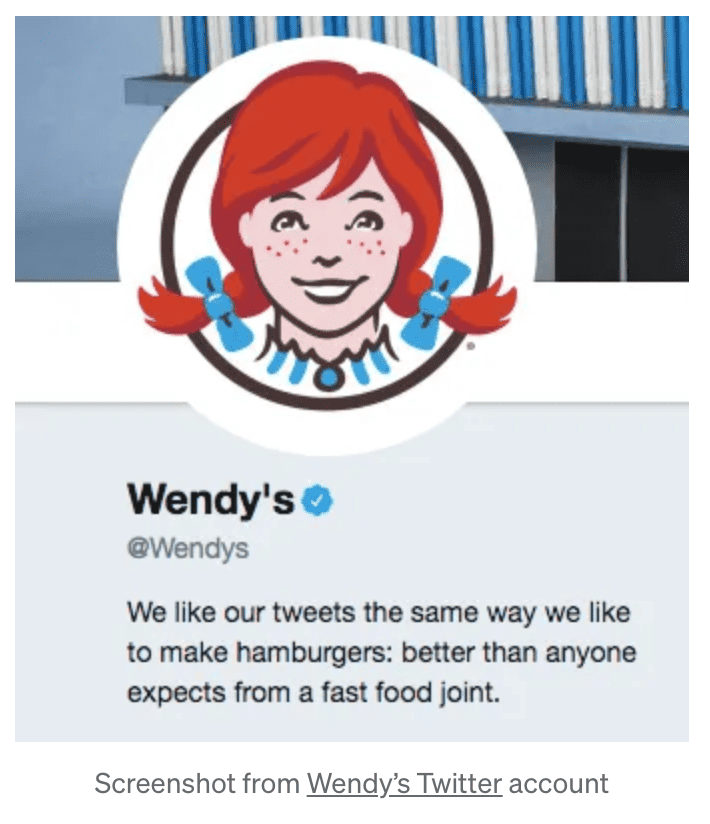The Evolving World of Humor and Brand Social Media

This New York Times article (subscription required, I usually avoid subscription links but I am thinking most readers have access to the Times through a personal or University-linked subscription) discusses the evolution of brand personalities on social media platforms and in particular, the effectiveness of quirky, humorous engagements. Over the past decade, brands often adopted a sardonic and offbeat online persona, frequently engaging in playful banter or even roasting their audiences. Examples include RyanAir’s sarcastic comment on TikTok (a first time flyer noted that and RyanAir responded sarcastically, “Do you want a medal?”) and Wendy’s consistent “weird” posting style on Twitter. However, the overuse of this tactic, has rendered it less impactful with certain audiences. As pointed out in this article Millennials and Gen Z often find brands’ efforts inauthentic and forced. While this quirky approach can sometimes lead to increased sales, as in the case of McDonald’s Grimace shake, there’s a risk of missteps, like Burger King’s controversial tweet. Moreover, Gen Z places a premium on corporate ethics, indicating that a brand’s online persona alone isn’t enough to win their loyalty.
Classroom Application: This article can serve as a starting point for discussions on branding strategies in the age of social media and the importance of evolving with one’s target audience. Marketing students can analyze the shift in brand personalities from traditional, straightforward advertising to the current era of humor, sarcasm, and edginess. They could delve into case studies of successful and unsuccessful quirky brand interactions and identify the nuances that make such strategies work. The article also touches on Gen Z’s value-driven consumerism, introducing a topic of aligning brand values with consumer expectations. A possible class activity could involve students creating mock social media posts for a brand, considering the balance between humor and authenticity. This will help them understand the thin line between resonating with the audience and coming off as disingenuous.
